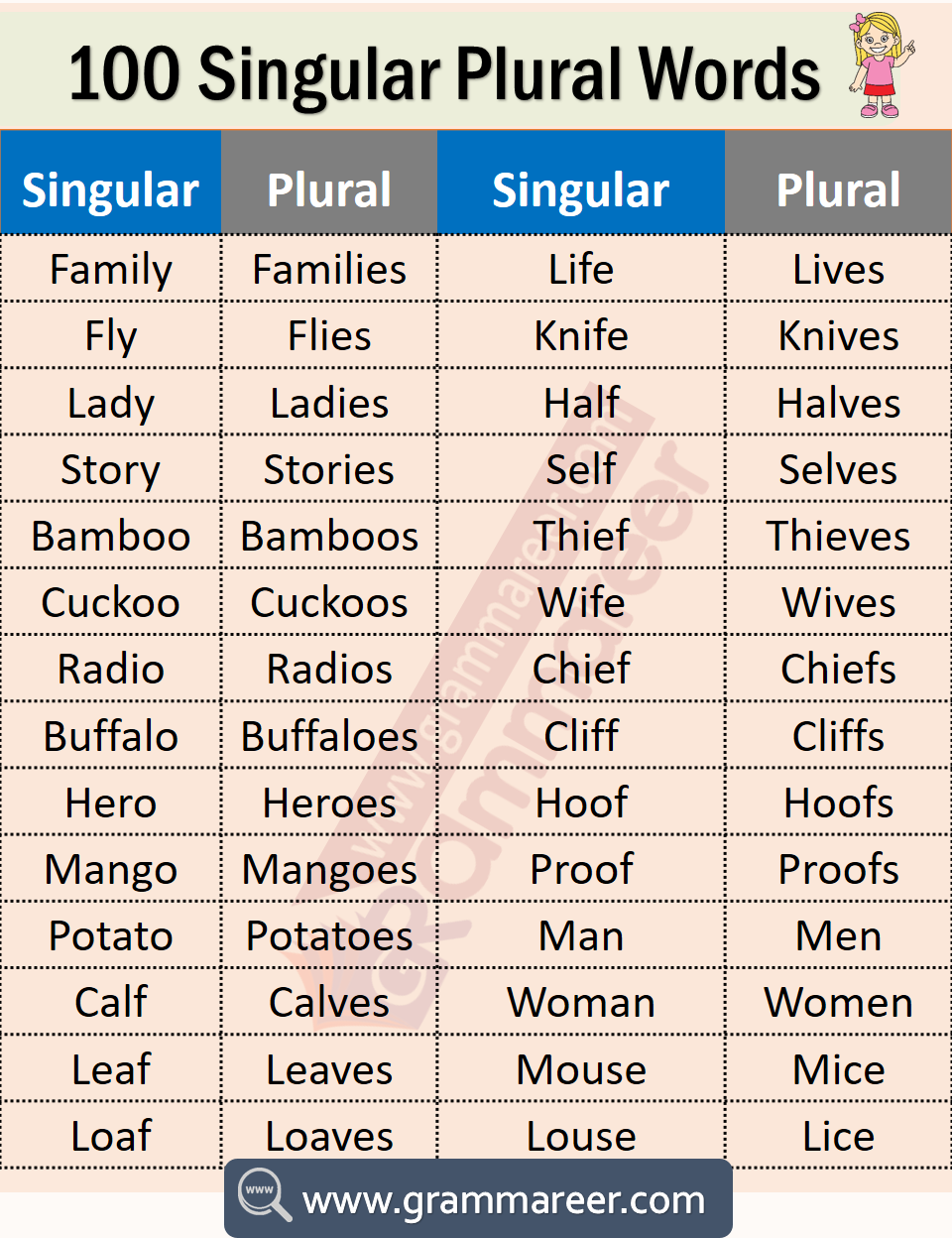Understanding the difference between singular and plural forms is essential in English grammar. Singular words refer to one person, place, thing, or idea, while plural words refer to more than one. Let’s explore 100 examples of singular and plural nouns in English.
By knowing the rules of forming plural nouns, you can improve your writing and communication skills. Let’s dive into the examples below.
Examples of Singular and Plural Nouns
1. Cat – Cats
2. Dog – Dogs
3. Book – Books
4. Car – Cars
5. Child – Children
When forming plural nouns, there are different rules to follow based on the singular form. Some words simply add ‘s’ or ‘es’ at the end, while others may undergo spelling changes or remain the same in both singular and plural forms.
6. Mouse – Mice
7. Person – People
8. Tooth – Teeth
9. Man – Men
10. Woman – Women
Irregular plural forms can be tricky to remember, but with practice, you can master them. It’s important to pay attention to these exceptions when learning English grammar.
11. Foot – Feet
12. Goose – Geese
13. Child – Children
14. Tooth – Teeth
15. Person – People
Remember that some nouns have the same form for both singular and plural, such as ‘sheep’ or ‘deer.’ These nouns do not change in number when referring to more than one.
16. Sheep – Sheep
17. Deer – Deer
18. Fish – Fish (plural form can be ‘fish’ or ‘fishes’)
19. Series – Series
20. Species – Species
Practice using singular and plural nouns in sentences to reinforce your understanding of grammar rules. With time and effort, you can become proficient in using both forms correctly in your writing.
In conclusion, mastering the use of singular and plural nouns is essential for effective communication in English. By familiarizing yourself with these 100 examples and practicing their usage, you can enhance your language skills and convey your ideas clearly.
